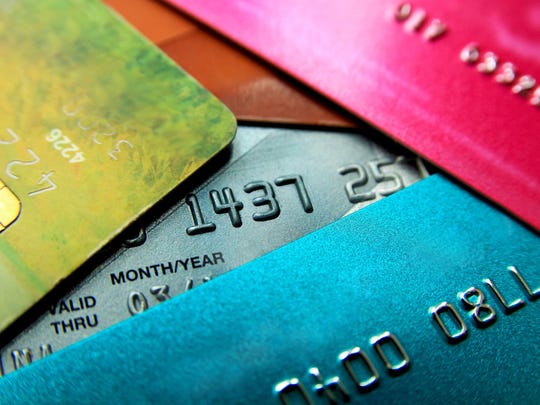
Taking out a loan or building up a balance on your credit card could soon cost you slightly less.
Federal Reserve Chairman Jerome Powell signaled to Congress Wednesday that the central bank is prepared to cut interest rates as soon as this month, even with an improved U.S. job market and a less contentious trade battle with China.
The goal of any cut is to make borrowing less costly for consumers and businesses, encouraging spending and bolstering the economy.
The Fed believes the case for lower rates has strengthened recently. While trade tensions have eased, the outcome of talks with China remains uncertain, and if they break down, the increased tariffs that follow could damage the economy. Plus, the Fed is concerned about a slowdown in global growth and it views inflation as tame, which eases any worries that it would flare up once borrowing becomes cheaper. Financial markets anticipate a quarter point rate cut at the Fed’s late July meeting.
But while rate cuts are like steroids for stock markets, don’t expect a big windfall, because the central bank already has boosted rates sharply the past 3½ years, including four hikes last year, experts say.
“For consumers, all that will do is unwind a fraction of the nine rate hikes enacted since 2015,” says Greg McBride, chief financial analyst at Bankrate.com. “All it does is take you back to where you were 12 months ago.”
“To households on a tight budget, this is of limited help,” McBride says.
Holden Lewis, a home finance expert at NerdWallet, says any cut would still be money in consumers’ pockets.
Those with variable-rate loans, such as credit cards and home equity lines, “should expect to see smaller monthly payments,” he says. “For those who may be looking to borrow money to fund home renovations, this could be a time to do so cheaply.”
Credit cards
Credit card rates are generally tied to the prime rate, which in turn is affected by the Fed’s benchmark rate. While the rate will eventually drop by a quarter percentage point, it might not happen as quickly as rates increased because card issuers often have language in their card agreements that allows them to use the highest prime rate in effect during the preceding 60-day period, McBride says.
A quarter-point cut on a $5,000 credit card balance would lower the minimum payment by just $1 a month, a fraction of the $9 in increases already enacted.
Home equity lines
Most home equity lines of credit, or HELOCs, also track the prime rate. The rate decrease should show up within 30 to 60 days. But it would reverse just one of the Fed’s nine previous rate hikes since late 2015, so your rate is still likely to be two percentage points higher than it had been a few years ago.
A quarter-point reduction on a $30,000 home equity line of credit would shave the monthly payment by $6.25, McBride says. Two such cuts would trim the bill by $12.50. By contrast, the nine rate increases since late 2015 have lifted the same payment by $56.
Adjustable-rate mortgages
Unlike credit cards and HELOCs, rates on adjustable-rate mortgages are modified annually. So the impact of the Fed’s rate cut, and any more on the horizon, may hit at once at your next scheduled loan adjustment – much as they did when rates were rising.
Fixed-rate mortgages
The Fed’s key short-term rate affects 30-year mortgages – the most common purchase home loan – and other long-term rates only indirectly. Those rates more closely track inflation expectations and the long-term economic outlook, and have already fallen substantially in recent months as concerns about the economy and low inflation have grown.
Student loans
Many private student loans come with variable interest rates that follow the prime rate. When the loan rate adjusts depends on what’s written in your loan terms. For instance, your monthly payment will decrease for those on a regular payback schedule. But if you’re on an income-repayment plan, your monthly payment won’t change, but a lower portion will go toward interest rather than principal.
Federal student loans have a fixed interest rate set by Congress and are not affected by the Fed’s move.
Bank savings rates
Bank customers who finally have started to benefit from higher savings rates could see some of those gains curtailed going forward. Rates on one-year and longer-term certificates of deposits already have edged down this year in anticipation of lower Fed rates, says Ken Tumin, founder of DepositAccounts.com.
Banks move quickly on such longer-term accounts because they don’t want to get stuck paying higher returns for extended periods when rates are falling, McBride says.
Meanwhile, online banks, which have been paying much higher rates on money market and savings accounts, likely would lower their rates within a month or two of any Fed rate cut as their profit margins narrow. A study Tumin conducted during Fed rate decreases in 2007 found banks initially lower savings rates by about half the size of the Fed’s cut and then catch up to match the central bank’s move within several months.
